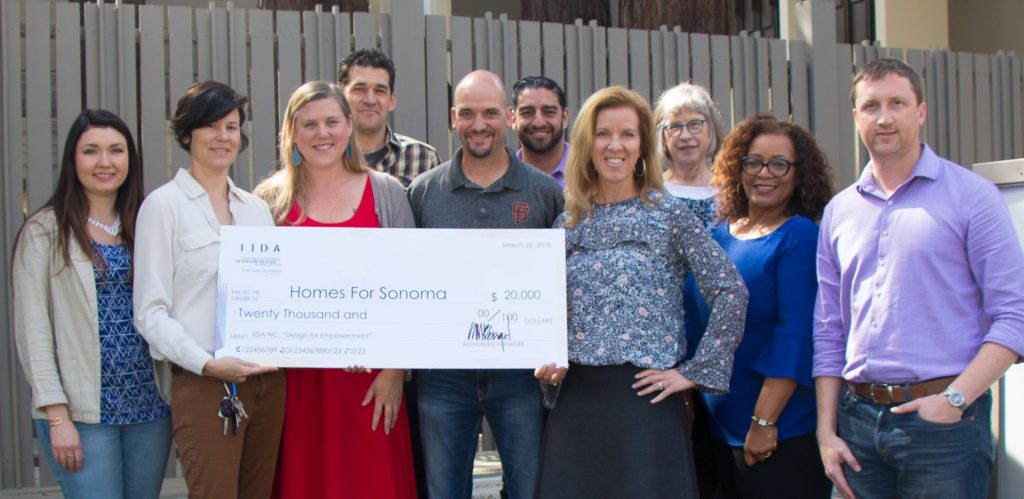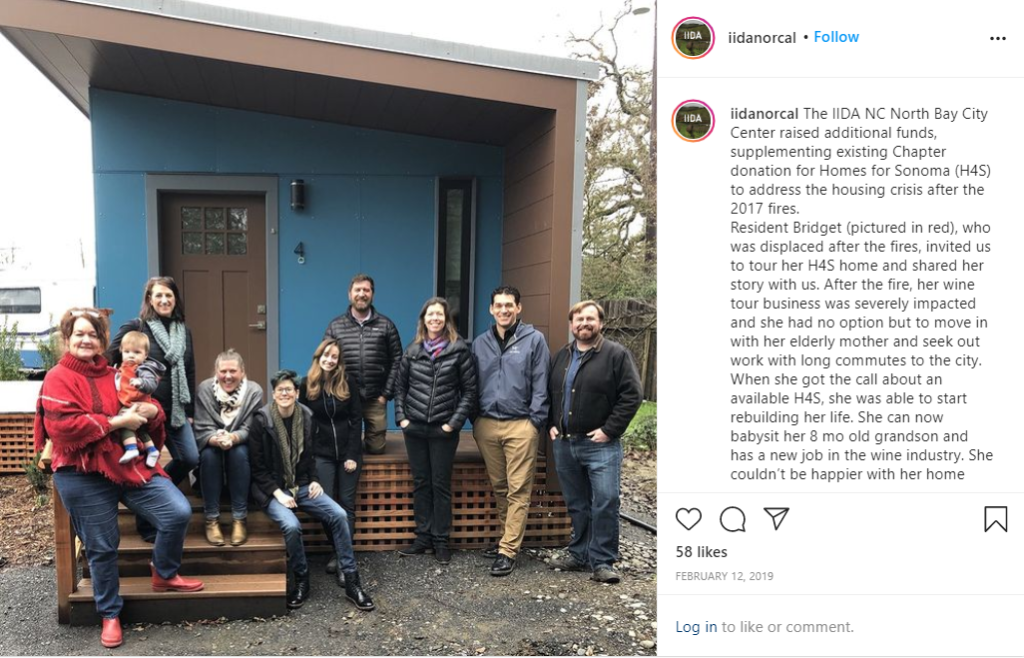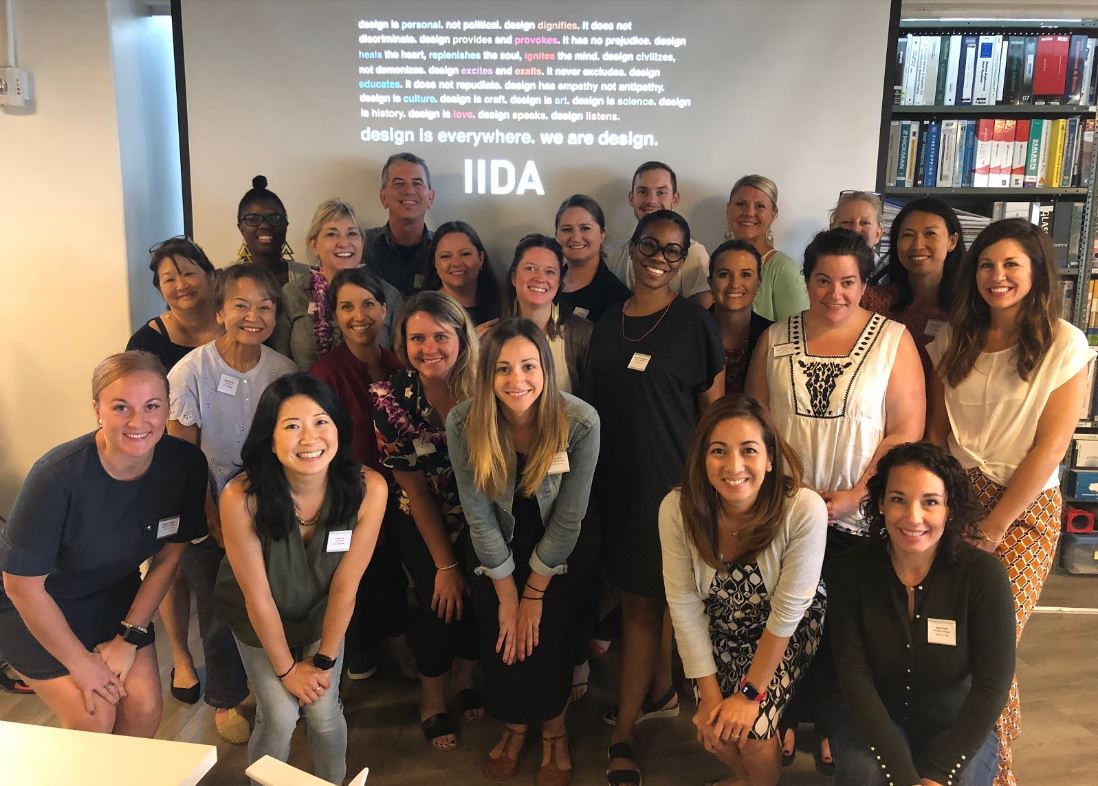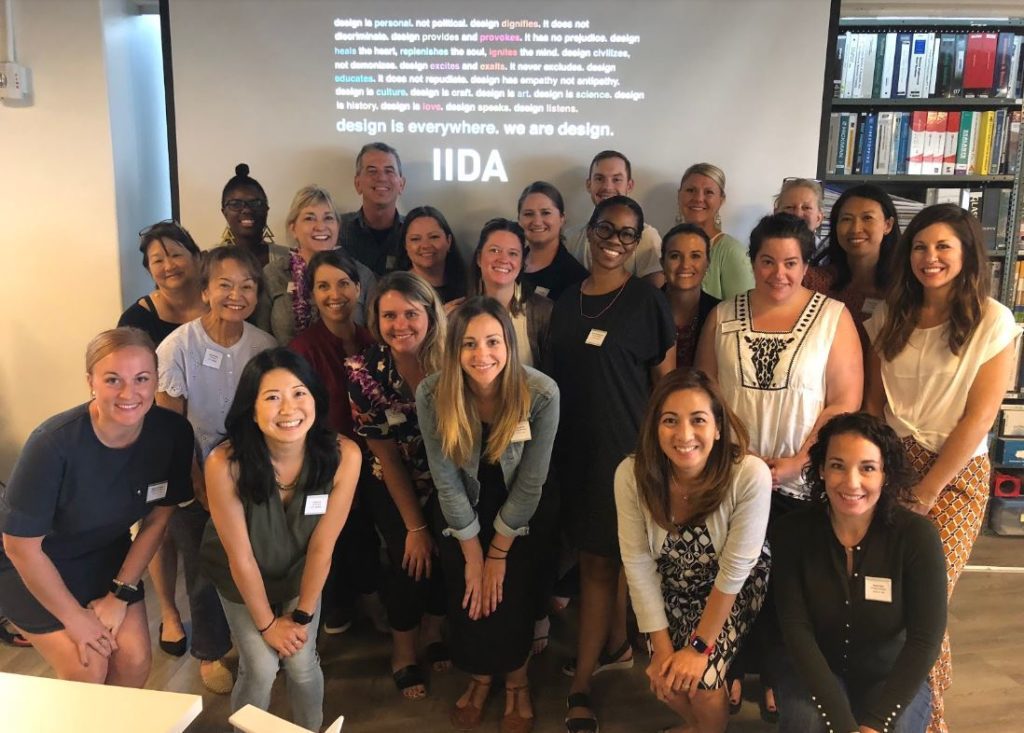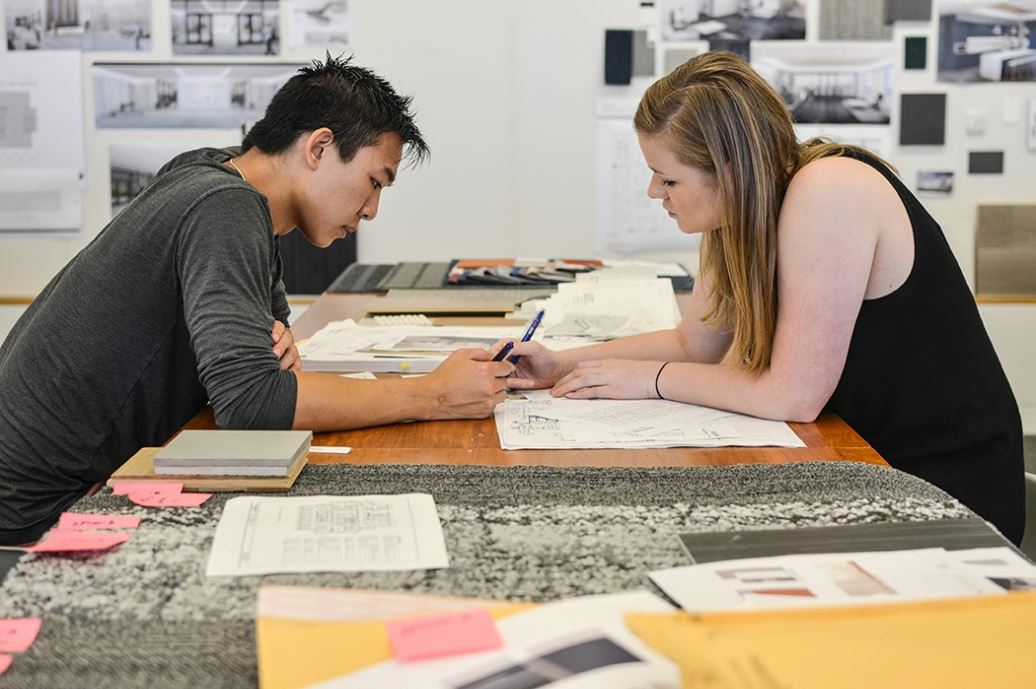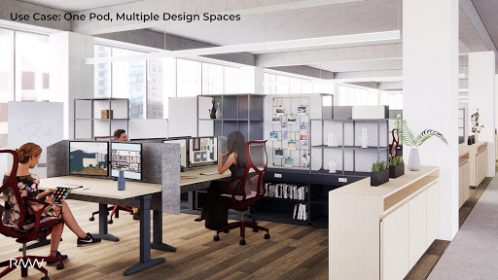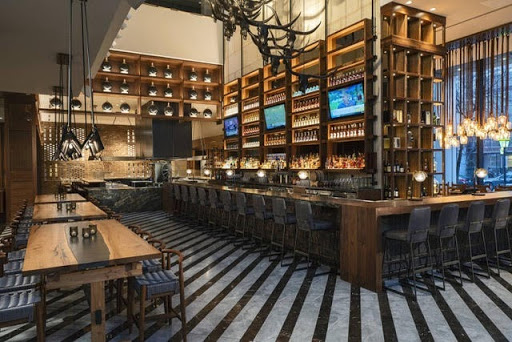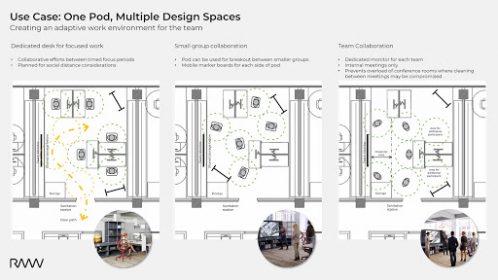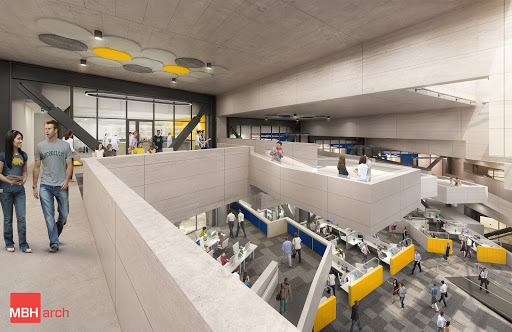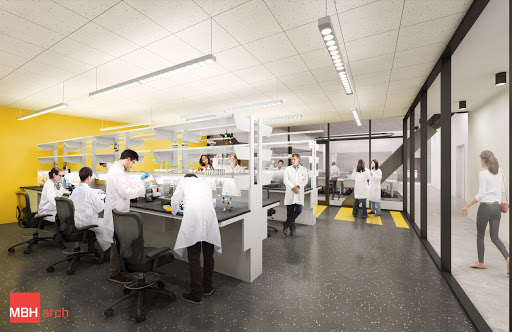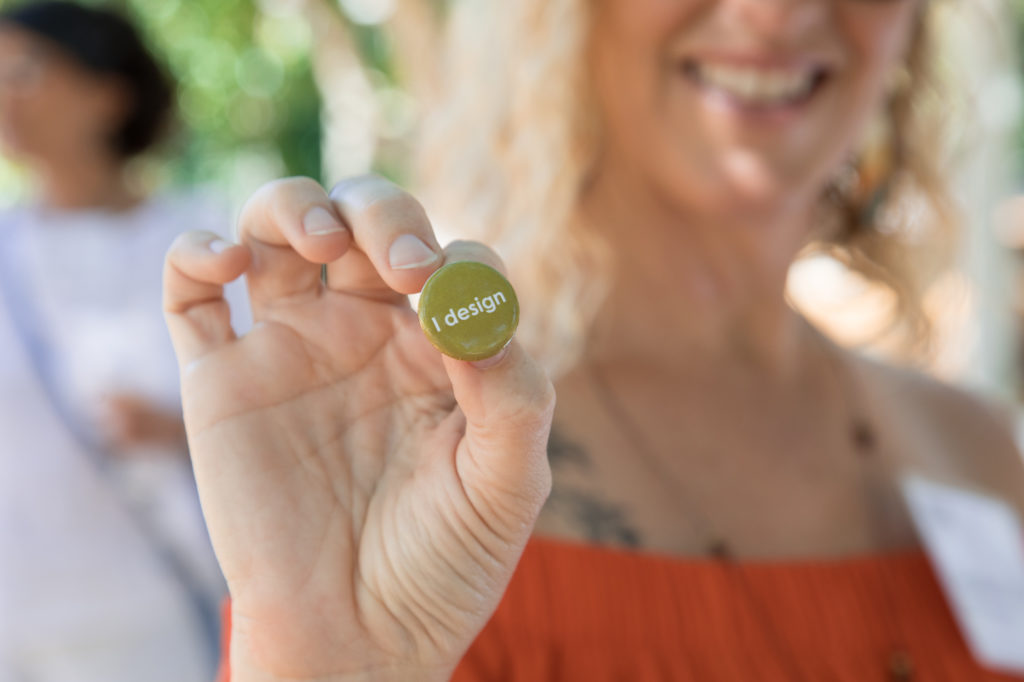August 4th, 2021
This year, IIDA took an important step in its advocacy efforts when both the Northern and Southern California Chapters of IIDA voted to support Senate Bills (SB) 31 and 32, both authored by Senator Dave Cortese from Santa Clara. In a nutshell, both bills were aimed at promoting building decarbonization to reduce reliance on fossil fuels, and in turn, reduce greenhouse gas emissions. More information about IIDA’s entry into this type of legislation here.
Representatives of both IIDA chapters met early on with Senator Cortese’s staff to seek clarification on the bill language, and to commend the Senator for taking bold action on this crucial issue. The Senator’s office expressed gratitude for our support on these measures, and understood that commercial interior designers have key role to play in the implementation of whatever steps we take to reduce reliance on fossil fuels, especially in the new building inventory that will be built between now and 2045, when California hopes to meet its goal of relying entirely on zero-emission energy sources.
As can often happen with bills like this that propose sweeping reform (often with high price tags associated), these bills both stalled in the Senate. SB 31 has been designated a two-year bill (meaning Senator Cortese can continue to work on this bill and add it to his legislative package again in 2022-23), and SB 32 died in the Appropriations Committee.
“While this may sound disheartening, it’s a very common outcome for bills of this nature, and there are some key factors to note when putting that outcome into context,” said Christina Marcellus, IIDA’s California lobbyist. First off, as a post-COVID organizational rule, Legislative leadership imposed a strict 12 bill limit on every member of the Legislature. This limit was imposed in mid-May, just as both SBs 31 and 32 were set to be heard in the Senate Appropriations committee. “For every author with more than 12 bills total, difficult decisions had to be made,” Marcellus said. Senator Cortese has a robust bill package, and perhaps figured that other bills he was authoring had a better chance of success this year than either of these, and had to make that difficult call not to pursue them.
While these bills ultimately weren’t successful this year, Senator Cortese is new to the Legislature and IIDA’s California chapters support the Senator in continuing to be a champion for clean energy climate solutions. While legislation is the main vehicle to advance a policy change, it’s also possible that these types of programs get funded directly through the state budget, which can sometimes make bills with a similar goal obsolete.
IIDA’s involvement in legislation not directly related to the design industry is a crucial step in expanding awareness of the work interior designers do, and the role they play in the health, welfare and safety not only of people who inhabit their designed spaces, but also of our natural environment. We will continue to look for on-ramps like this into areas related to our work to build partnerships, develop awareness, and enhance IIDA’s profile in Sacramento.


